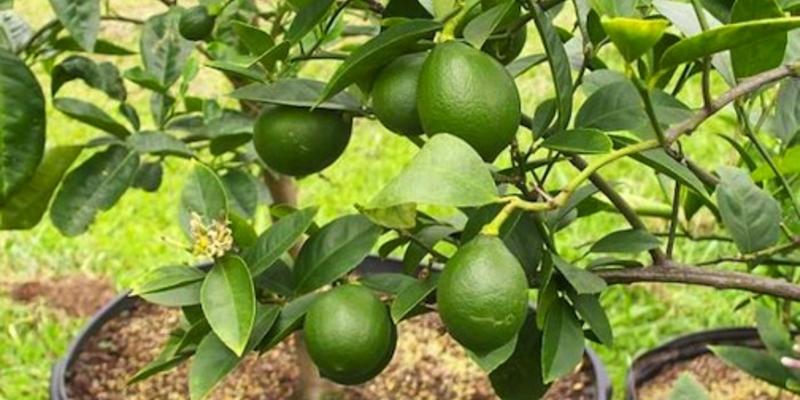

Hi there! I'm Darren Sheriff, the newest garden blogger on Charleston Grit. My articles will be informative, sometimes funny, and (hopefully) always inspirational.
Anyone who knows me knows I like to eat. I would guess that 75 percent of my yard is devoted to growing things I can bring into my kitchen, and that's right in line with my goal here: to share as much information as I can to help you grow your own food. As time goes by, I'll discuss some of your favorite standbys in the world of fruits and vegetables, things like apples and zucchini, as well as some of the more exotic or lesser known fruits and vegetables, such as Jujubes and Peanut Butter Fruit. (yes, there is such a thing!) But as my "Citrus Guy" blog name suggests, I grow a LOT of citrus. I've been growing it here in Charleston since about 1999. In fact, when I became a Master Gardener in 2007, the other gardeners hung that name on me and it just stuck.
I'm starting on Grit with an overview of how to grow citrus here in the Lowcountry—it's brief and not comprehensive, but I'll add more specifics in future blogs.
For now, let's jump right in:

Citrus are subtropical or warm-temperature plants adapted to growing in sandy soils along flood plains. To a degree, many parts of the Southeast—especially Charleston—greatly resemble the native habitats of citrus. Rainfall patterns are similar to Southeast Asia, where many of the varieties of citrus originated. Like many plants, citrus prefer well-drained, loamy soil. Citrus can succeed in heavier clays, as long as they are well drained.
No citrus can stand wet feet and will rapidly decline under persistently wet conditions. However, citrus need to be well-watered at all times. They can be somewhat drought-tolerant depending upon variety, but all will do better if given sufficient moisture. Remember, winter is the drier season, so the fruit need special attention.

It's always a good idea to have your soil tested first. Citrus appear to be more sensitive to deficiencies, and when they enter a new flush of growth, the new growth will immediately reflect these. Correcting them is a challenge after that! Slow-release fertilizers with a ratio of 8-8-8 or 10-10-10 are excellent, especially if they also contains micronutrients such as iron, magnesium, and manganese. A foliar feed (spraying the plants so the leaves absorb the food) with fish emulsion is also a good idea. One of the very best organic fertilizers on the market is Citrus Tone by Espoma. If Citrus-Tone is not available, the water soluble fertilizer used on acid loving plants is the next best thing.
You will want to start feeding your trees in mid- to late-February. I often use Valentine's Day as a good benchmark. Feed them about every 6-8 weeks, stopping by about Labor Day. This will give the tree time to harden off the new growth before it gets cold.

Where to plant them? Charleston does occasionally have some really cold snaps, below 28 degrees, so a southern or western exposure is best. If you can plant it close to the house or a brick wall, this will give you some extra protection. The building or wall will absorb heat during the day and give it back to the tree at night. A mature citrus tree will handle down to that 28 degree mark or lower for a brief period of time. All of this is subject to how long the freeze is and how much time the tree had to go dormant prior to the freeze event. Younger trees should have some additional protection. Here's a good idea: get some C-7 or C-9 Christmas lights, the old ones (the new ones don‘t produce any heat). Wrap them around your tree, and then place a plastic sheet over it. This will give you a few extra degrees of protection, which is sometimes all you need. A spotlight placed at the bottom of the tree, pointed up, will also work. Just remember to remove it at sunrise or you risk the chance of burning your citrus or having it break dormancy. A southern or western exposure will also give you the 8-10 hours of sunlight that citrus enjoy most of the year.

Like I mentioned at the beginning of this article, this is just a general overall view. I will get more in depth over the next few postings. I look forward to sharing with you what I have learned and to help keep you from making some of the same mistakes I have made. Please feel free to e-mail me any questions you may have about this or anything else in the world of edibles—who knows? It might make for a topic for a future blog!
Happy Growing! Darren